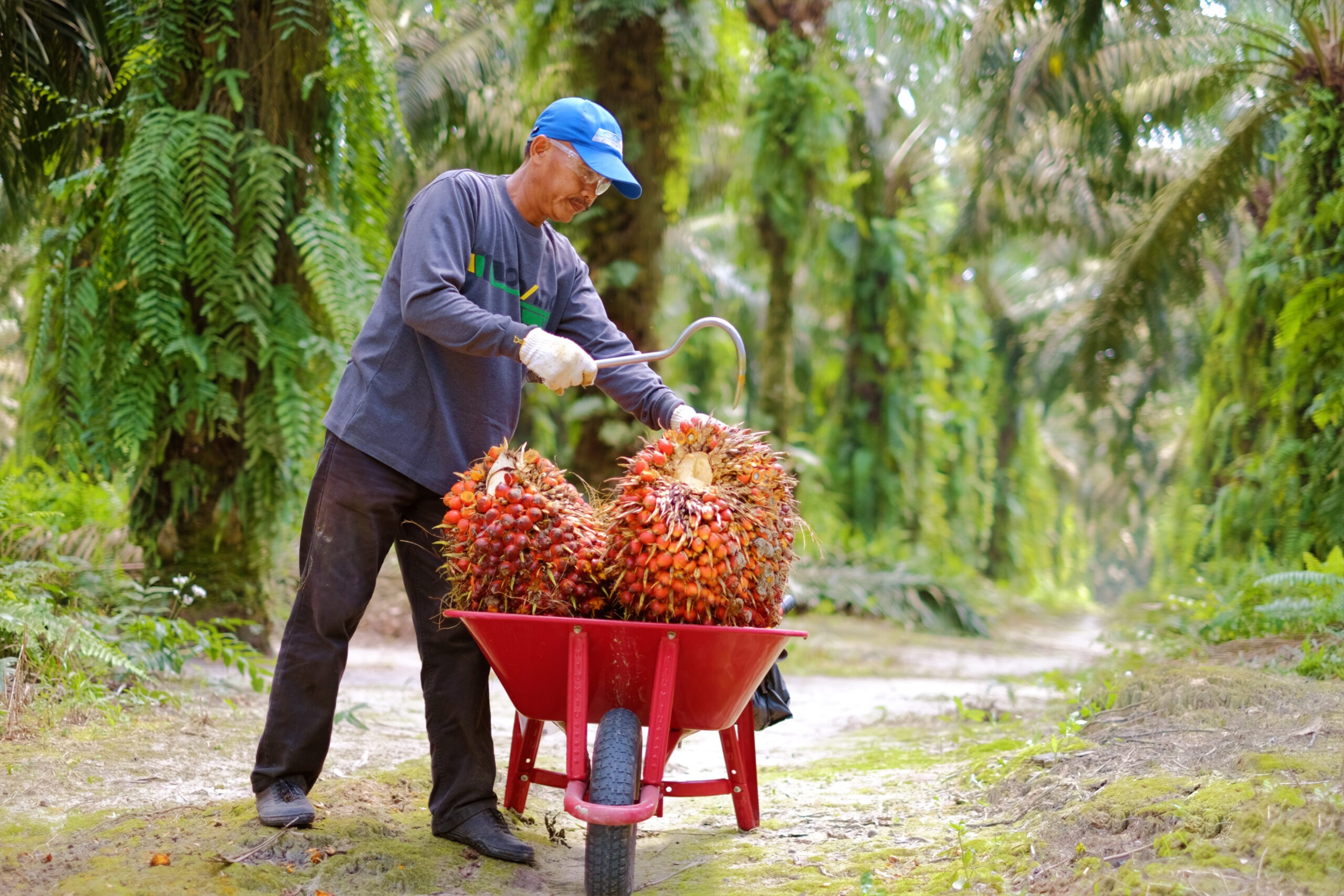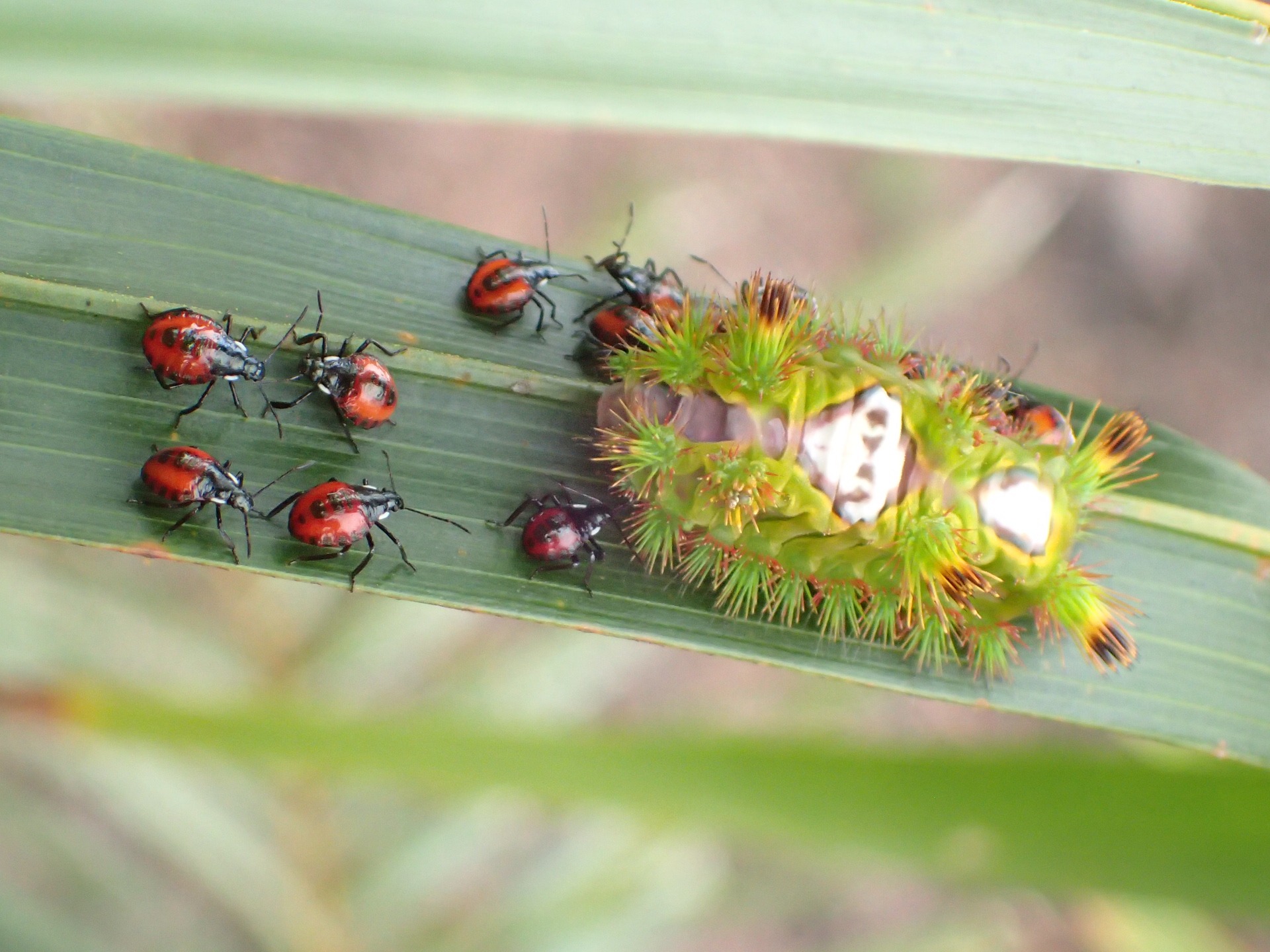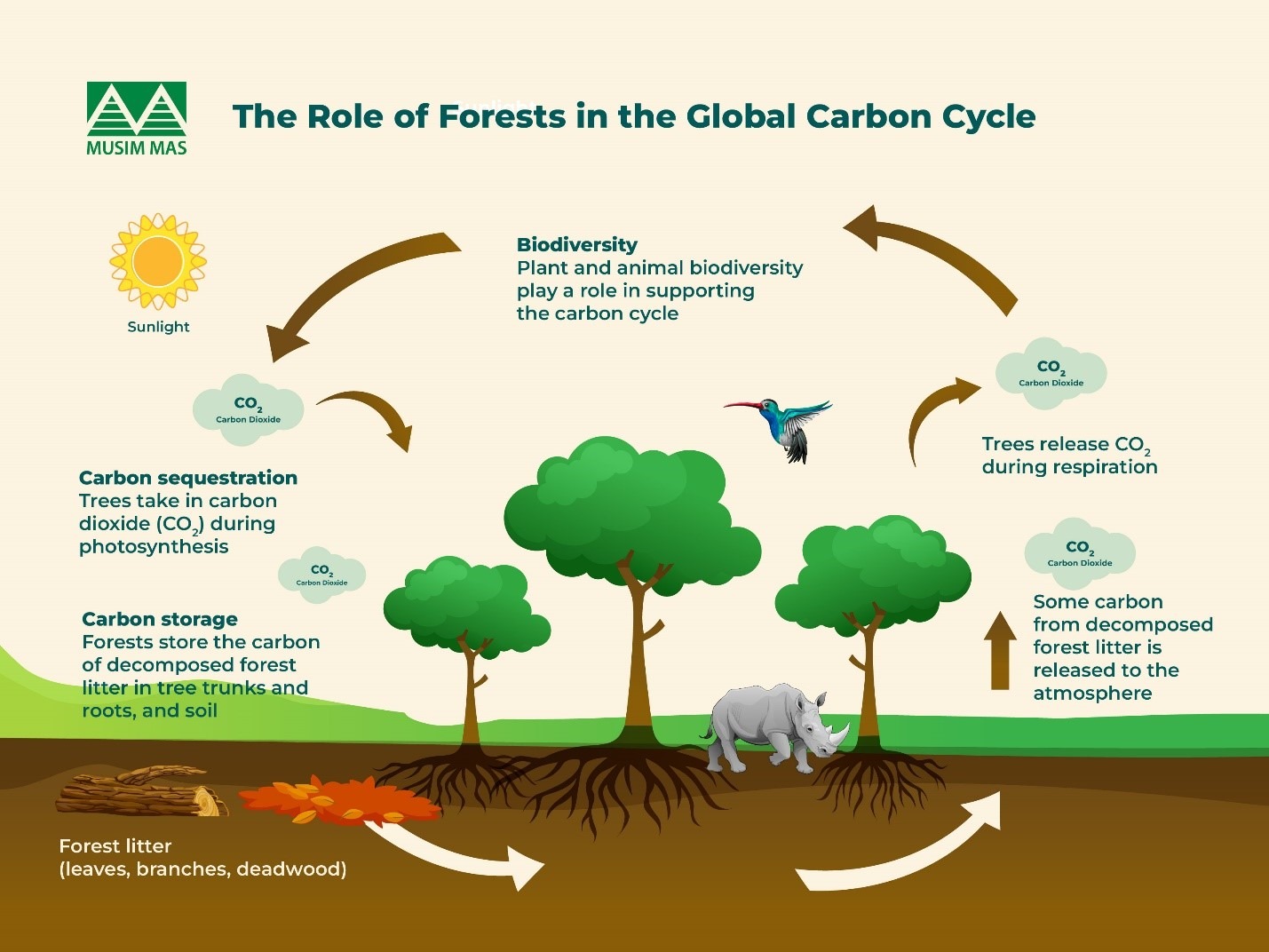What is Regenerative Agriculture
So, what is regenerative agriculture? While there is no universally accepted definition of regenerative agriculture, it is an amalgamation of agricultural methods that aim to sustain soil health and not deplete resources such as water while reducing greenhouse gas emissions. Additionally, regenerative agriculture might improve farmer livelihoods by providing better productivity and enhancing food security as it usually involves planting multiple types of crops.
In essence, the key benefits for the environment are as follows:
- Climate: Carbon sequestration, reducing greenhouse gas emissions
- Soil: Sustaining soil health and preventing its degradation
- Water: Increasing water percolation, filtration, and retention
- Biodiversity: Promoting and sustaining biodiversity
Why it Matters
The agricultural sector contributes to over a quarter of the world’s greenhouse gas (GHG) emissions1, while the growing world population continues to mount pressure on the agriculture industry. Therefore, it is necessary to consider how agriculture can sustain itself without degrading the land it grows on and meet climate targets.
If we continue our current trajectory of soil destruction (erosion, chemical pollution, desertification), we might face a nutritionally degraded food supply and run out of arable topsoil to feed ourselves within 50 years2.
The Application of Regenerative Practices for Palm Oil
The demand for vegetable oils is ever-growing with its versatility of applications. These include cooking oils, emulsifiers for baked goods, biofuels, and even industrial additives. Oil palm remains the most sustainable vegetable oil as alternative oils such as soy and rapeseed require 4-7 times more land to produce the same amount of oil. To meet the demand, palms are grown mainly in a mono-crop model that maximizes production and efficiency.
Oil palms are perennials as the typical lifespan of a productive oil palm is around 20-25 years, in contrast to annual crops replanted yearly. Perennials such as oil palms are well suited for regenerative practices, and some principles are already commonly applied, while some regenerative practices are less relevant. For example, crop rotation to prevent topsoil degradation is more applicable to annual crops. The extensive root system of perennials enables them to store carbon more effectively in the sail and subsequently increase water holding capacity and infiltration, nutrient retention, and reduce soil erosion (which boosts soil microbial life). Here is how oil palms relate to the principles of regenerative agriculture.
Climate and Soil
Musim Mas’ mills with plantations reduce climate-related impacts through the company’s zero-waste mills initiative. After crushing, by-products such as empty fruit bunches and palm oil mill effluent (POME) are processed and reapplied to the plantations as organic fertilizer, reducing the reliance on synthetic fertilizers. Oil palms are harvested by manual labor, which reduces tillage impacts on the soil, unlike soybeans typically harvested using machinery. To reduce pesticide use, one of Musim Mas’ initiatives is the deployment of barn owls, which prey on rats. Rats are a menace in oil palm plantations as they feed on young stems.
Water
In line with the Roundtable on Sustainable Palm Oil (RSPO) principles which Musim Mas adheres, the company’s plantations maintain riparian areas around wetlands to prevent runoff. As the company’s oil palms are grown in tropical regions with heavy rainfall, no additional widescale irrigation is used.
Biodiversity
Monoculture crops like oil palm support less biodiversity than tropical forests. That is why Musim Mas maintains a No Deforestation policy. The group is also committed to conserving HCV and HCS forests, taking it even further by restoring and regenerating areas affected by fires or encroachment. As of 2020, Musim Mas manages 28,210 hectares of conservation area. This represents a 34% increase in size compared to 2017. Musim Mas is also collaborating with the South East Asia Rainforest Research Partnership (SEARRP) to assess the company’s efforts to improve biodiversity over the last 10 years against actual results.
The Potential for More Regenerative Agriculture in Palm
While some elements of regenerative agriculture are already in practice, there might be potential to do much more.
Collaborating with the Livelihoods Fund for Family Farming, Musim Mas, in partnership with SNV, Mars, L’Oréal, and Danone, is participating in a 10-year study to discover how regenerative agriculture can advance palm oil sustainability. The project also aims to regenerate 8,000 hectares of degraded land, restore local biodiversity in 3,500 hectares, and improve the livelihoods of 2,500 independent smallholder farmers.
This project will explore the potential for intercropping and agroforestry in the oil palm sector. Intercropping is the system of cultivating two or more annual crop species, and agroforestry involves planting a mix of trees and other crops together.
These systems aim to enable the plants to complement each other, minimize competition for resources, sustain soil health, require less pesticides, and improve carbon sequestration and biodiversity.
Intercropping might also enable smallholder farmers to diversify their livelihoods by producing more than one crop for sale. However, the relevant supply chains would need to be in place to serve as a viable income source, e.g., having buyers for those crops.
Regenerative Agriculture is Paving the Way for Sustainable Farming
Regenerative agriculture can be crucial in improving agricultural sustainability, including oil palms. The increased demand for food, compounded with the depletion of arable soils, necessitates new farming systems. To that end, Musim Mas is embarking on a landmark ten-year study with SNV, the Livelihoods Fund, and downstream users of the commodity to explore its potential for the industry.
1: https://ourworldindata.org/food-ghg-emissions
2: https://regenerationinternational.org/why-regenerative-agriculture/









